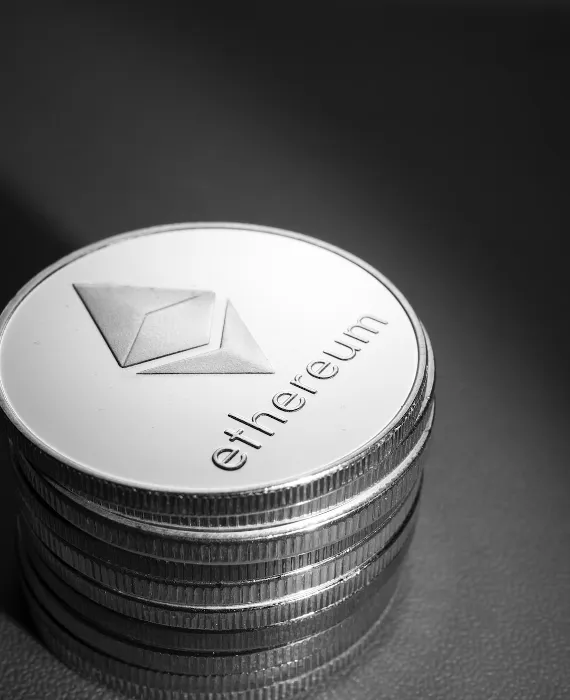Unveiling Ethereum: Your Beginner's Guide to the World of Decentralized Possibilities

Introduction:
In the fast-evolving landscape of cryptocurrencies, Ethereum stands out as a trailblazer, opening up new avenues for decentralized innovation. If you're a newcomer to the crypto realm, navigating through the intricacies of Ethereum might seem daunting at first. Fear not, for this blog is your compass into the world of smart contracts, decentralized applications (DApps), and the promise of a decentralized future.
Chapter 1: The Genesis of Ethereum
To understand Ethereum, let's rewind to its genesis. Launched in 2015 by the enigmatic Vitalik Buterin, Ethereum is not just a digital currency like Bitcoin but a decentralized platform that enables the creation of smart contracts and DApps. Its underlying blockchain technology goes beyond mere transactions, offering a versatile foundation for decentralized applications.
Chapter 2: Smart Contracts - The Building Blocks
At the heart of Ethereum are smart contracts, self-executing contracts with the terms of the agreement directly written into code. Think of them as digital agreements that automatically execute when predefined conditions are met. This innovation eliminates the need for intermediaries, enhancing security and efficiency in various industries.
Chapter 3: Ether - Ethereum's Fuel
While Bitcoin has its cryptocurrency, Ethereum has Ether (ETH). Ether serves a dual purpose within the Ethereum ecosystem. Firstly, it facilitates transactions and computational services on the network. Secondly, it acts as an incentive for developers to create and run applications on the platform, ensuring a robust and decentralized network.
Chapter 4: Decentralized Applications (DApps)
Ethereum's true power lies in its ability to host DApps, which are applications that operate on a decentralized network rather than a centralized server. These DApps range from finance and gaming to healthcare and supply chain management, showcasing the platform's versatility and potential to disrupt traditional industries.
Chapter 5: The Ethereum Virtual Machine (EVM)
To execute smart contracts and run DApps, Ethereum employs the Ethereum Virtual Machine (EVM). The EVM is a decentralized runtime environment that ensures the secure and efficient execution of code across the entire network, maintaining consistency and trust in the decentralized ecosystem.
Chapter 6: Challenges and Scalability
While Ethereum has achieved remarkable success, it faces challenges, particularly in scalability and energy consumption. The network is actively working on Ethereum 2.0, an upgrade set to address these concerns by transitioning from a proof-of-work to a proof-of-stake consensus mechanism, making the network more sustainable and scalable.
Conclusion:
As you embark on your journey into the world of Ethereum, remember that this decentralized platform is more than just a cryptocurrency; it's a gateway to a future where trust and innovation converge. Smart contracts and DApps are reshaping industries, and Ethereum is at the forefront of this revolution. So, whether you're an investor, developer, or simply curious, Ethereum invites you to explore the limitless possibilities of a decentralized world. Welcome to the future of finance, where the code is the law, and possibilities are boundless.
